The Gaza Strip
Little Toleen has been displaced by the Israeli military operation in Gaza with her family.
Forced to live in overcrowded camps in appalling hygienic conditions, skin diseases are running rampant among the displaced, health officials have said.
Toleen's mother is hopeless.
“At first there was a pimple on her face, then a week ago it began to spread in her stomach, hands and face," said Shaima Marshoud, sitting next to her little daughter in a cinder block structure they’d settled in among the tents.
"It hurts her and raises her temperature at night, and it has no cure, and if there is a cure, we cannot buy it."
"The minimum necessities of life, such as cleaning materials and water, are not available. If available, they are sold at a ridiculous price, we cannot afford it. We have been unemployed for ten months."
Doctors are wrestling with more than 103,000 cases of lice and scabies and 65,000 cases of skin rashes, according to the World Health Organization.
The distribution of humanitarian supplies, including soap, shampoo and medicines, has slowed to a trickle, UN officials say, because Israeli military operations and the lawlessness it has induced make it too dangerous for relief trucks to move.
A steady stream of miserable children and worried parents flowed into the dermatology office at Nasser Hospital in central Gaza.
Nassim Basala, a dermatologist at Nasser Hospital, said they get 300 to 500 people a day coming in with skin diseases.
After the most recent Israeli evacuation orders, more people have crowded into agricultural fields outside the city of Khan Younis, where insects are rife in the summer.
Epidemic proportions
Scabies and lice are at epidemic proportions, he said, but other fungal, bacterial and viral infections and parasites are also running wild.
With the flood of patients, even simple cases can because dangerous.
For example, Basala said, impetigo is a simple bacterial infection treatable with creams.
He said creams and ointments were in short supply at the hospital.
Children are the most affected. But adults suffer as well.
More than 1.8 million of Gaza’s 2.3 million have been driven from their homes, often moving multiple times over the past months to get away from Israeli ground assaults or bombardment.
The vast majority are now crowded into a 50-square-kilometer area (20 square miles) of dunes and fields on the coast with almost no sewage system and little water.
In a report released Tuesday (Jul. 30), the United Nations Development Programme said Gaza’s two pre-war landfills were unreachable amid the fighting and it had set up 10 temporary sites.
But officials said there were more than 140 informal dumping sites that have cropped up.
Some of them are giant pools of human waste and garbage.




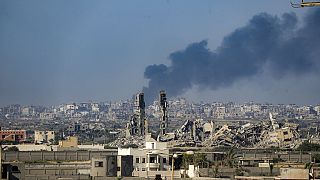
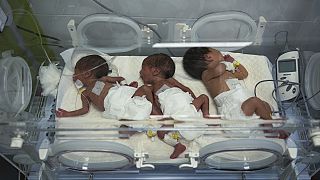

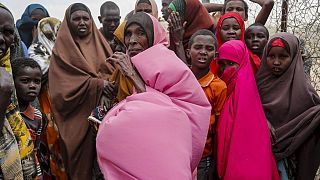

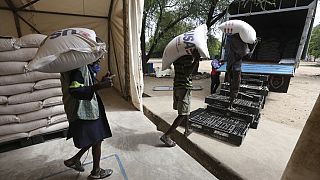
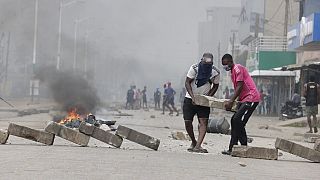
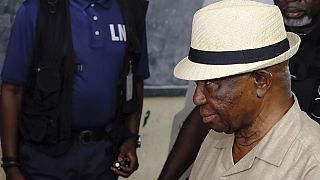
01:16
Joint visit of Church leaders to Gaza after deadly Church attack on Thursday
Go to video
White House confirms Trump diagnosed with common vascular condition
01:36
12 countries adopt measures to pressure Israel to end military action in Gaza
Go to video
UN Special Rapporteur calls for concrete action on 'genocidal' Gaza occupation
01:56
EU foreign ministers discuss deal with Israel to increase Gaza aid
01:42
Gaza conflict overshadows EU-Southern Neighbourhood talks in Brussels